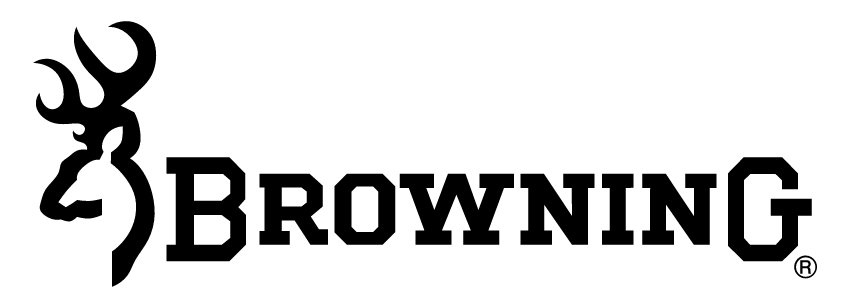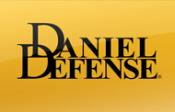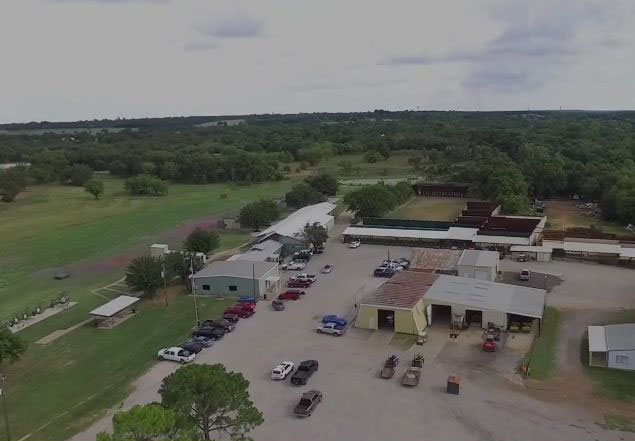 Sporting Clays Sporting is one of the four major disciplines of clay bird shooting, often described as "golf with a shotgun" because a typical course includes from 10 to 15 different shooting stations laid out over natural terrain. Unlike trap and skeet, which are games of repeatable target presentations, sporting clays simulates the unpredictability of live-quarry shooting, offering a great variety of trajectories, angles, speeds, elevations, distances, and targets.
Sporting Clays Sporting is one of the four major disciplines of clay bird shooting, often described as "golf with a shotgun" because a typical course includes from 10 to 15 different shooting stations laid out over natural terrain. Unlike trap and skeet, which are games of repeatable target presentations, sporting clays simulates the unpredictability of live-quarry shooting, offering a great variety of trajectories, angles, speeds, elevations, distances, and targets.What is Sporting Clays?
How to Play the Game
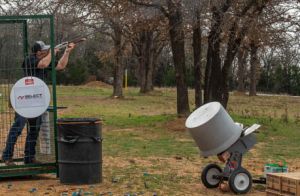
Sporting clays is typically shot in squads of two to six people and played over a course of 10 to 15 shooting stations laid around fields or around the natural features of the land. The course designer is not limited in target speed, angle, or distance, so every course is different.
The most common target used in sporting clays is the clay that is used in skeet and trap. But sporting clays also uses specialty targets to introduce the illusion of speed or distance in the eye of the shooter, moving at speeds or in the ways of game birds. All can be thrown as singles or pairs.

Any shotgun that’s in safe working condition, capable of firing two shots, may be used. Any gauge can be used, but the most popular are 12 and 20 gauge. Many shooters like to shoot an over/under because it gives them two choke choices. Shooters who tend to be sensitive to recoil might prefer gas-operated semiautomatics.
Safety
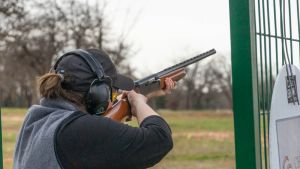 The first consideration in shooting a round of sporting clays is always safety, and it starts as soon as you start to remove your shotgun from your vehicle. Make sure your gun is not loaded by opening the breech, and look down the barrel to check for obstructions. Keep the breech open to let everyone see that it is safe; if you have a over/under or side-by-side, carry it broken open with the muzzle down or up in the air.
The first consideration in shooting a round of sporting clays is always safety, and it starts as soon as you start to remove your shotgun from your vehicle. Make sure your gun is not loaded by opening the breech, and look down the barrel to check for obstructions. Keep the breech open to let everyone see that it is safe; if you have a over/under or side-by-side, carry it broken open with the muzzle down or up in the air.
At all times, treat the gun as if it is loaded.
Make sure to use the proper ammo, both the proper gauge and the proper shell for what you’re shooting. You should ask the gun club management what is appropriate there.
Never put a shotshell into your gun until you are on a shooting station, it is your turn, and you are in the box, ready to shoot.
If there is a malfunction or the gun does not fire, continue pointing the gun safely downrange. Then unload it or ask for assistance. The problem may be due to faulty ammo or a mechanical failure of the gun. If at any time a shot sounds light or different, stop immediately, unload, and check your barrel to make sure the wad has cleared and there are no obstructions.
Never move off a station until your gun is open and safe.
Eye and ear protection are necessary any time you’re on a sporting clays course.
Shooting a Round of Clays
 To shoot a round of sporting clays, you’ll start on the assigned first station and shoot each station in order. Before the first person in every squad shoots, the referee will show your squad the targets so you’ll be familiar with what and how the targets are being thrown and strategize how you’ll shoot them.
To shoot a round of sporting clays, you’ll start on the assigned first station and shoot each station in order. Before the first person in every squad shoots, the referee will show your squad the targets so you’ll be familiar with what and how the targets are being thrown and strategize how you’ll shoot them.
When the previous squad has finished shooting a station and its your squads turn to shoot, hand your scorecard to the referee. When your turn comes up to shoot, be ready. Step up to the station. Then and only then do you load your shotgun. Point it safely toward the target firing area. When your gun is ready and you are in position, relax and call pull.
When you shoot, the target will be considered a dead bird if any part of it is broken. The referee will score each shot a hit or miss and has the final word.
When you’re done shooting at a station, open your gun, remove the used hulls, and exit the station. Remain behind the station, out of the way of the scorer, until all shooters have shot that station and are ready to move on.
When waiting your turn, it’s acceptable to talk in a low voice so as not to disturb shooters, scorers, and others.
You’ll find that sporting clays shooters are friendly and always eager to share their sport with beginners. So while you’re learning the sport, don’t hesitate to ask questions. Let your fellow shooters and referees know that you’re a new shooter, and they’ll go out of their way to show you the ropes and help you learn the game. Have fun!

